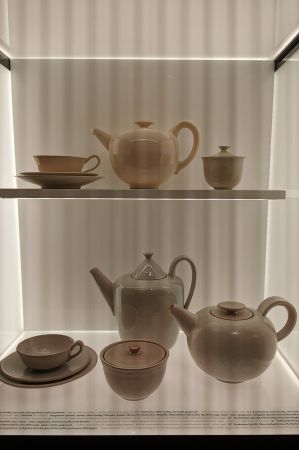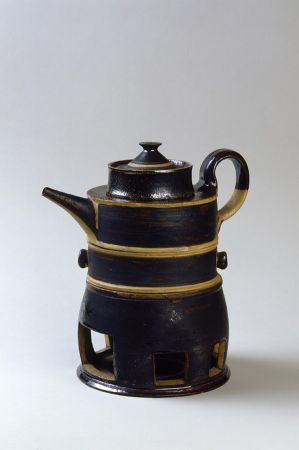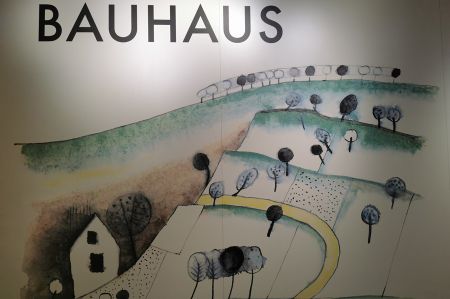Ceramic workshop at the Bauhaus in Dornburg
- Written by Portal Editor
During our explorations in the Weimar and Jena region, we came across traces of the "Bauhaus" that is so well-known in architecture, but were then surprised to find an offshoot of this well-known training and further education center in Dornburg.
The ceramic workshop at the Bauhaus, which is also known as the Bauhaus pottery, existed in Dornburg from 1919 to 1925 as an outsourced workshop of the State Bauhaus in Weimar, which is still remembered today by a pottery museum and a small manufactory.
Walter Gropius commissioned sculptor Gerhard Marcks

Multi-part mocha machine by Theodor Bogler

Theodor Bogler studied between 1919 and 1920 at the State Bauhaus in Weimar, where he attended the preliminary course with Johannes Itten and lessons with Lyonel Feininger. He spent the following summer semester in Munich to study architecture and art history at the Ludwig Maximilians University and at the Technical University.
From 1920 to 1924, Bogler attended the ceramic workshop of the State Bauhaus Weimar in Dornburg. There he completed an apprenticeship as a potter and took over the commercial management of the workshop for a short time. On July 15, 1922, he passed the journeyman's examination at the Weimar Chamber of Crafts. During this time u. a. well-known ceramics such as a mocha machine or variants of the combination teapot.
The Bogler storage jars shown in the kitchen of the “Am Horn” model house at the 1923 Bauhaus exhibition were among the first industrial goods from the ceramics workshop.
Theodor Bogler and the Benedictine Abbey of Maria Laach
In 1927 he entered the Benedictine Abbey of Maria Laach in the Eifel and studied philosophy and theology there and in the Archabbey of Beuron on the Danube from 1928 to 1933. In 1931 he was ordained a monk and in 1932 he was ordained a priest. At the same time, Bogler continued to work as a ceramist.
For the art workshops of the abbey, many of the designs from Velten were revised by Bogler and provided with liturgical emblems. He used designs by himself, Werner Burri and Hedwig Bollhagen.
From 1934 to 1938 he worked at times with the workshops of Hedwig Bollhagen in Marwitz near Velten. After 1948 he managed the art workshops and the art publishing house Ars Liturgica in Maria Laach. He also designed ceramics for this purpose in the 1950s, which were executed by the Wilhelm Herkenroth pottery and the Rudi Stahl pottery. The designs for Herkenroth in particular are clearly reminiscent of the Velten era. He also designed for the State Majolica Manufactory in Karlsruhe.
Product presentation at trade fairs in Frankfurt am Main
When the Bauhaus moved its headquarters from Weimar to Dessau in 1925, no more pottery was set up there. The ceramists from Dornburg founded their own workshops or worked together with the ceramics industry. Otto Lindig continued to run the Dornburg workshop independently. After the Second World War he left Dornburg to take up a teaching position at the University of Fine Arts in Hamburg. In the GDR, the pottery was preserved. The Berlin master potter Heiner-Hans Körting and later his son Ulrich Körting made vessels and sculptures in it. The "Dornburg Owl" developed as a ceramic figure with a rotating head into a branded item in pottery.
Please read as well:
Dornburg an der Saale – Castle and Bauhaus await us
St Hilarion - the mighty Crusader Castle
